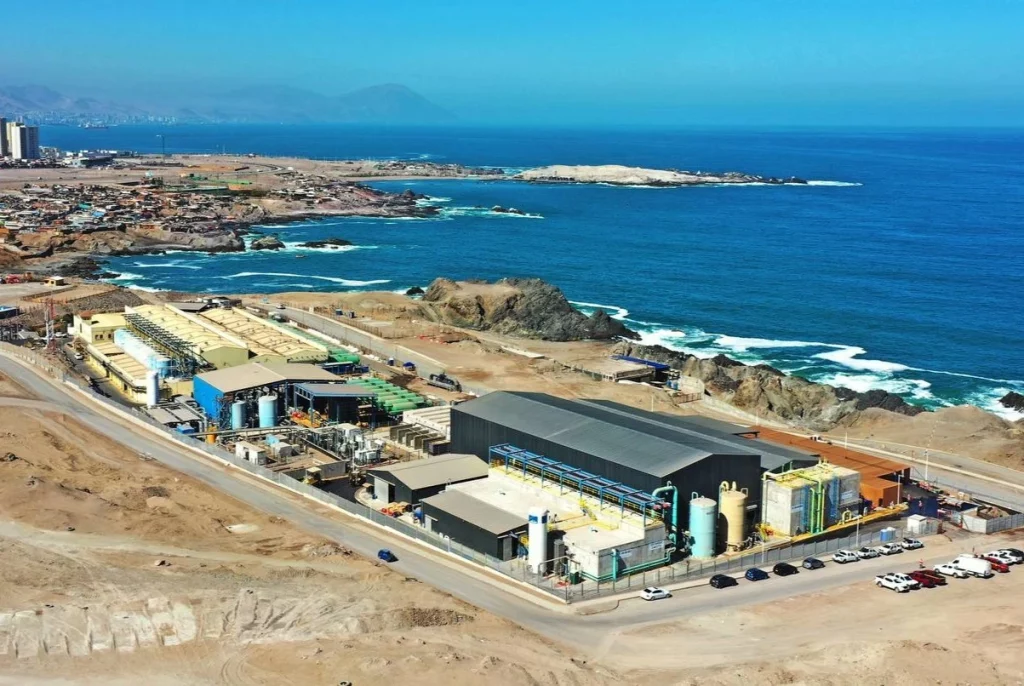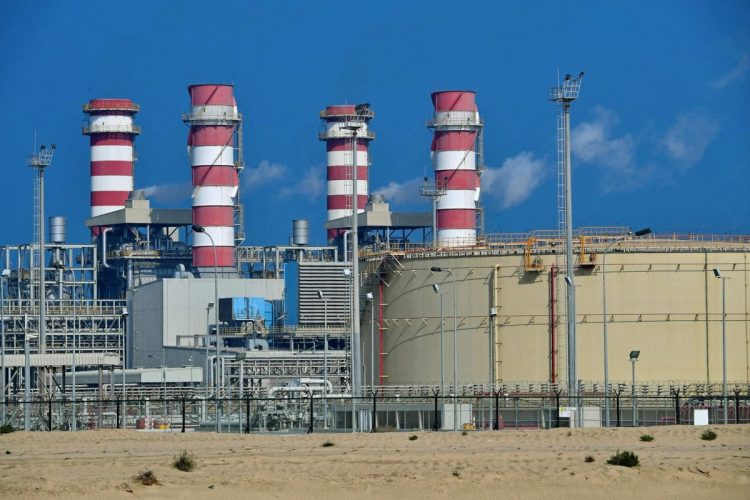The past two years have witnessed an unprecedented surge in desalination stocks, with some companies experiencing gains of over 400%. This dramatic rise is not merely a reflection of speculative enthusiasm but rooted in several fundamental trends reshaping global water markets and technology. From the emergence of Middle East water futures contracts signaling a new era of water commoditization to breakthroughs in membrane technology patents promising efficiency leaps, the desalination sector is attracting substantial investor interest. However, with this surge comes growing concerns about potential overvaluations and the impact of short squeeze dynamics inflating prices beyond intrinsic values. Understanding what is driving the rally—and which players might be overpriced—is critical for investors looking to navigate this rapidly evolving landscape.
Middle East Water Futures Contracts
One of the most transformative developments fueling investor enthusiasm in desalination companies is the introduction of water futures contracts in the Middle East. Traditionally, water markets have been localized, opaque, and fragmented, making price discovery and risk management difficult. The establishment of a water futures market, particularly in arid regions like Saudi Arabia and the UAE, marks a significant milestone. These contracts allow large-scale industrial users, municipalities, and agricultural producers to hedge water costs and secure supply in an increasingly scarce environment.
The Middle East’s dire water scarcity challenges, driven by decades of overuse, climate change, and population growth, have made desalination a vital resource. By creating transparent pricing through futures, the region has essentially introduced a new asset class tied to water security. This financialization of water has ripple effects on desalination companies. With water prices now more predictable and tradeable, utilities and private desalination operators can better justify investments in capacity expansion and new technology, thereby boosting projected revenues and stock valuations.
Moreover, water futures facilitate cross-border water trading and joint ventures, attracting global capital into desalination infrastructure. The ability to lock in water prices years in advance reduces risk for investors and operators alike. This institutionalization of water as a commodity supports long-term contracts that underpin desalination project financing and stock market valuations.
New Membrane Technology Patents
Beyond market structure innovations, technology breakthroughs are central to the recent surge in desalination stocks. Membrane technology, the heart of modern reverse osmosis desalination, has seen significant patent activity in the last 18 months. These patents promise to dramatically improve energy efficiency, reduce fouling rates, and extend membrane lifespans—key cost drivers in desalination operations.
Traditional reverse osmosis systems consume roughly 3 to 4 kilowatt-hours of energy per cubic meter of desalinated water. New membranes utilizing advanced polymer blends, nanomaterials, and surface coatings have demonstrated potential reductions of up to 30% in energy consumption in pilot tests. Lower energy usage translates directly into operating cost savings and environmental benefits by reducing carbon footprints.
Several desalination companies hold portfolios of these breakthrough patents or have entered licensing agreements, which investors view as competitive moats. Market expectations are high that these technologies will enable new projects to be economically viable in regions previously considered marginal for desalination due to energy costs.
Patent filings also signal robust R&D pipelines, attracting capital inflows from tech-focused funds and strategic partnerships with clean-tech investors. This technological momentum elevates sector valuations but also demands scrutiny on which companies have the proven ability to commercialize innovations at scale.

Short Squeeze Dynamics and Market Sentiment
Despite these strong fundamentals, the desalination stock rally has also been partially driven by technical market factors, notably short squeeze dynamics. Several small- and mid-cap desalination firms have had significant short interest due to skepticism about profitability timelines and regulatory hurdles. As positive news flow around water futures and technology patents gained momentum, bearish short sellers faced mounting pressure.
Short squeezes occur when heavily shorted stocks experience rapid price increases, forcing shorts to cover positions by buying shares, which in turn propels prices even higher. This feedback loop has been evident in several desalination stocks where trading volumes surged beyond historical averages, and price spikes outpaced fundamental valuation changes.
Retail investors have also been drawn to these momentum trades, leveraging social media channels to coordinate buying activity, reminiscent of other high-profile short squeeze episodes in recent years. This speculative layer adds volatility and creates valuation distortions, complicating the task for traditional value investors to separate hype from genuine growth prospects.
Which Companies Are Overvalued?
Given this cocktail of fundamental innovation and market speculation, identifying which desalination stocks are fairly valued versus overextended is challenging but crucial. Companies with solid balance sheets, established project pipelines, and demonstrable technology leadership tend to justify premium valuations. Firms aggressively expanding capacity in water-scarce regions with long-term offtake contracts are poised for sustainable growth.
Conversely, some microcap firms with limited revenue, speculative project announcements, or unclear technology roadmaps have seen their shares soar on momentum rather than substance. These names often exhibit high price-to-sales multiples, volatile insider trading patterns, and minimal institutional ownership—classic red flags for potential overvaluation.
Investors should also be cautious of companies overly reliant on government subsidies or facing significant regulatory uncertainty. Policy shifts around water pricing, environmental standards, or energy tariffs can quickly alter project economics.
Looking Ahead: The Future of Desalination Stocks
The broader outlook for desalination stocks remains positive. Water scarcity is an accelerating global crisis, and desalination technology continues to improve, supported by a growing financial infrastructure that includes water futures. However, the market is entering a more mature phase where discerning fundamental analysis will be rewarded over speculative frenzy.
Sustainable winners will combine innovation leadership with strong execution capabilities, geographic diversification, and clear paths to profitability. Meanwhile, investors must stay vigilant for signs of bubble dynamics as short squeezes and retail-driven rallies can create volatile entry points.
In summary, the 400% surge in desalination stocks reflects a convergence of groundbreaking water market developments, technological leaps, and complex investor psychology. For those who can navigate these forces with a long-term perspective, the desalination sector offers compelling opportunities aligned with one of humanity’s most critical resource challenges.














































